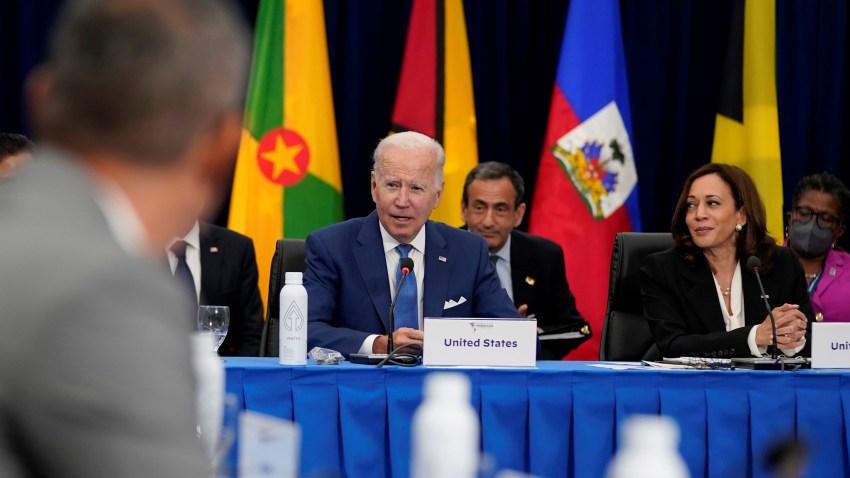As the United States enters an election year, legislative gridlock in Congress has led to growing questions over Washington’s reliability in moments of crisis for its allies. With former President Donald Trump currently ahead of President Joe Biden in many opinion polls, concerns in the European Union are growing over how much a more isolationist Republican Party could undermine the United States’ ability to project power in Europe and the Middle East. Yet this focus on great power competition often draws attention away from how much the foundations of U.S. global power—and its greatest potential vulnerabilities—are anchored in Washington’s ability to exert effortless dominance over the Western Hemisphere.
While China’s investments across Latin America and Russia’s security links with Venezuela and Cuba have attracted concern from U.S. policymakers in recent years, no rival power has been able to threaten Washington’s influence over its immediate neighborhood since the early 19th century. But the relative cost of that influence matters. Whether it is migration across the southern border, fraught relations with hostile states such as Venezuela or the impact of gang violence in Ecuador, how the U.S. responds to crises in its own region will determine how far Washington can preserve its freedom of action globally. And the pressure to respond will always be there, as without a hegemonic position in the Western Hemisphere, the U.S. would swiftly find itself in the same position as the EU, China and India, whose ability to project strength globally is constrained by instability and rival powers along their own borders.
Of all the challenges facing U.S. officials focused on their immediate neighborhood, the collapse of the Haitian state demonstrates how bad things can get when local as well as external actors ignore escalating social tensions that are the product of disastrous historical legacies. Though some issues that led to this catastrophe are specific to Haitian society, the extent to which the immense power of criminal gangs feeds off absurd levels of corruption among the country’s elite is a factor that can be found in many other vulnerable states in the region. The willingness of Haitian gangs to devastate entire districts in battles over turf and resources after the assassination of President Jovenel Moise in July 2021 is an indication of what could happen on an even greater scale if such dynamics spread to larger states in the region.

